Attack on Titan might start as a classic action anime focused on humans fighting monsters. By the end, however, it becomes a complicated tale of destiny, free will, and our place in time.
Because Attack on Titan has some of the best foreshadowing of any TV series, people having different levels of knowledge at different items is a key tenet of the story. Whether it’s the hidden Titan shifters, Historia’s royal past or the Marley-Eldia conflict, people being at different stages of the story’s journey is a common feature.
All of this is ramped up a notch, however, during the final season, when Eren and Zeke briefly start working together and utilize the full potential of the Titan’s powers, manifested in the Paths.

Related
Attack On Titan: 10 Subtle Examples Of Foreshadowing
Going back and watching Attack on Titan from the beginning reveals just how much foreshadowing it has employed.
Eren and Zeke’s Trip Through Time
The idea of time travel in Attack on Titan appears briefly at various stages but comes to the forefront late in the story, particularly in episode 79, “Memories of the Future”.
In that episode, Eren and Zeke appear to travel through Grisha’s memories, witnessing his journey from reaching Eldia and fathering Eren to claiming the Reiss family’s Founding Titan. During this temporal journey, a lot of weird stuff happens to suggest that Eren and Zeke are physically there in these historic moments:
- Grisha, after falling asleep at his desk, wakes up and appears to notice Zeke for a moment.
- Grisha, talking to young Eren about the basement, appears to notice the older Eren standing in front of him.
Most noticeably, at the end of the episode, Eren seems to convince a conflicted Grisha to go through with his plan to take the Founding Titan. Once he has transformed and taken the royal family’s power, Grisha acknowledges the impact Eren had on his decision. He again notices Zeke, embracing him as his father and asking him to stop Eren’s plan.
Just after this event, the story does a little more time-hopping, this time looking at Ymir and the origins of the Titans. Eren uses his discovery of Ymir’s past to convince her to give all her power to him so he can enact his plan, the Rumbling. This also delivers the satisfying explanation of the “2,000 Years from Now” title of the opening episode and chapter.
The Truth of Attack on Titan’s Time Travel
On the surface, this is classic time-travel fare. The main character, blessed with superpowers, has used them to travel back in time and interact with the past to ensure things happened in a way that benefited their plan.
In Attack on Titan, though, it’s not quite as straightforward. As with much of the story, the devil is in the details.
Attack on Titan’s Predestination Paradox
A classic trope of time travel is the butterfly effect – the idea that even the smallest change when going back in time will trigger a domino effect that causes seismic changes in the present (e.g. from where you time traveled).
Therefore, a question to ask when trying to work out what happened in Attack on Titan could be: how much has actually changed by Eren and Zeke going back through time? The answer would be not a lot. Despite their interventions, the key event – Grisha taking the Founding Titan – happened just as we previously thought.
In reality, the butterfly effect is just one theory associated with time travel. What Eren and Zeke do is an example of another theory called the predestination paradox.
Basically, the predestination paradox suggests that when you go back in time, you create a situation that is both cause and effect. The original version of said event was always influenced by time travel, creating an unavoidable loop where the outcome is always the same. This is exactly what happens in Attack on Titan.
Eren and Zeke are Not From the Future?
Attack on Titan’s episode 79 is essentially a sleight-of-hand magic trick; the audience is distracted by one thing while another is secretly happening.
Through the powers of the Founding Titan and Zeke’s royal blood, Eren and Zeke view Grisha’s memories as bystanders. However, the Attack Titan also has a lesser-known ability to see into the memories of its successors. So, while we think we’re seeing Zeke and Eren toying with past Grisha, it’s also Grisha who’s seeing what’s happening through Eren’s eyes. The proof of this is that Grisha never sees Eren, only assumes he’s there – Grisha only sees Zeke through Eren’s eyes.
“Zeke, please stop Eren.” Grisha
Therefore, instead of Eren and Zeke going into the past to influence Grisha, we actually see Grisha influencing himself by looking into the future with his Attack Titan at the things that Eren is doing. As a result, Grisha technically never did anything else other than take the Founding Titan, one of the key background events in Attack on Titan.
Attack on Titan: A Story of Free Will?
Freedom is a large part of late-stage Attack on Titan. Freedom to decide how to live or how to die. However, as far as Attack on Titan’s hopping through history suggests, there was very little freedom to begin with.
“I’m… a slave to freedom.” Eren
There are various moments dotted throughout the series where Eren sees visions of the future, from flashes in the very first episode and chapter to when he kisses Historia’s hand after they return from the Battle of Shiganshina.
Was this future that Eren sees something that couldn’t be avoided, or was it something he thought had to happen? Or was it a combination of both? These are some of the key unanswered moral questions at the heart of Attack on Titan’s ending, and they are still rigorously debated to this day. Perhaps how the story uses time travel, seemingly as a constraint and limit on Eren, provides some guidance in terms of what the creator Hajime Isayama believed.


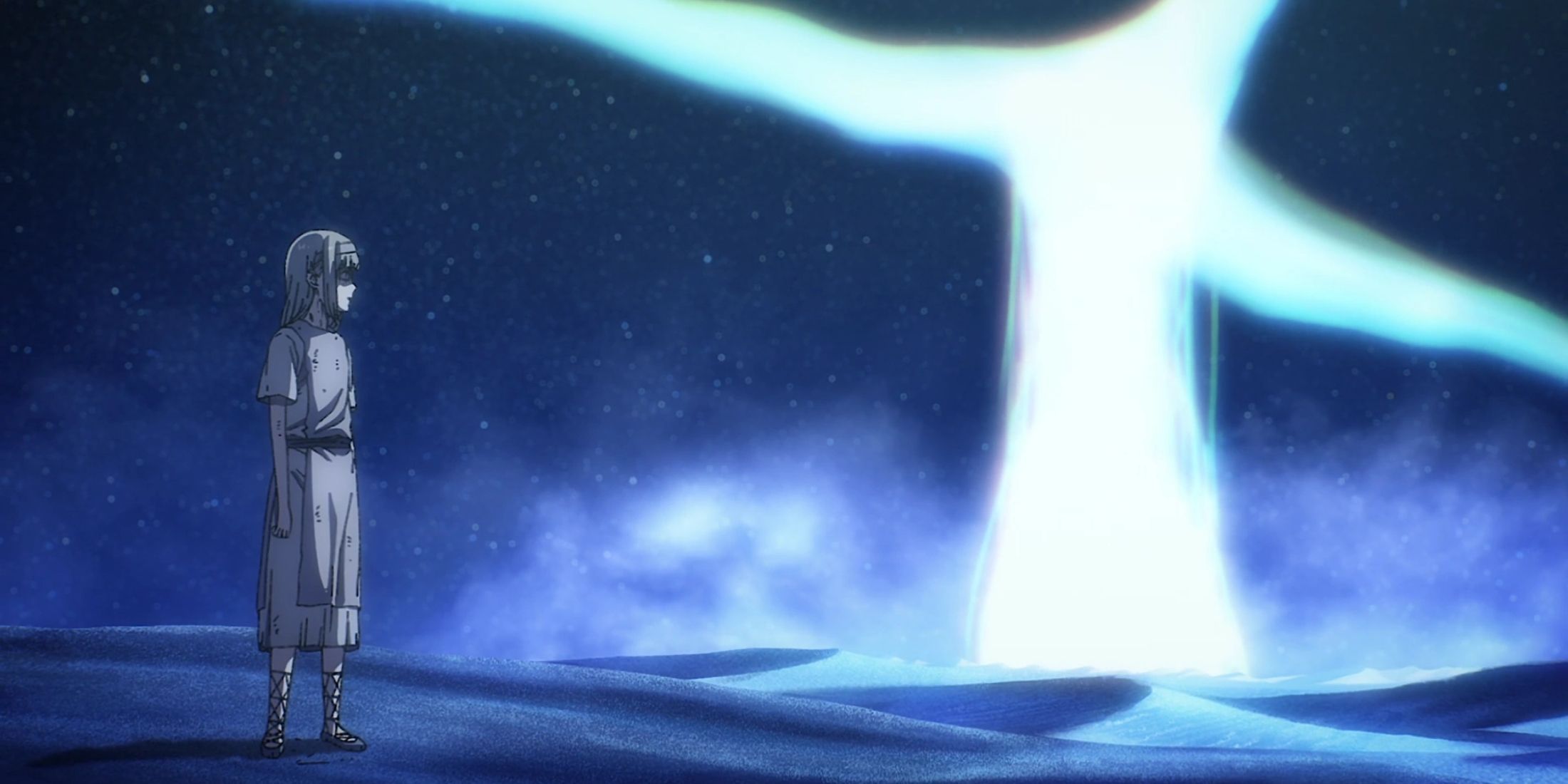

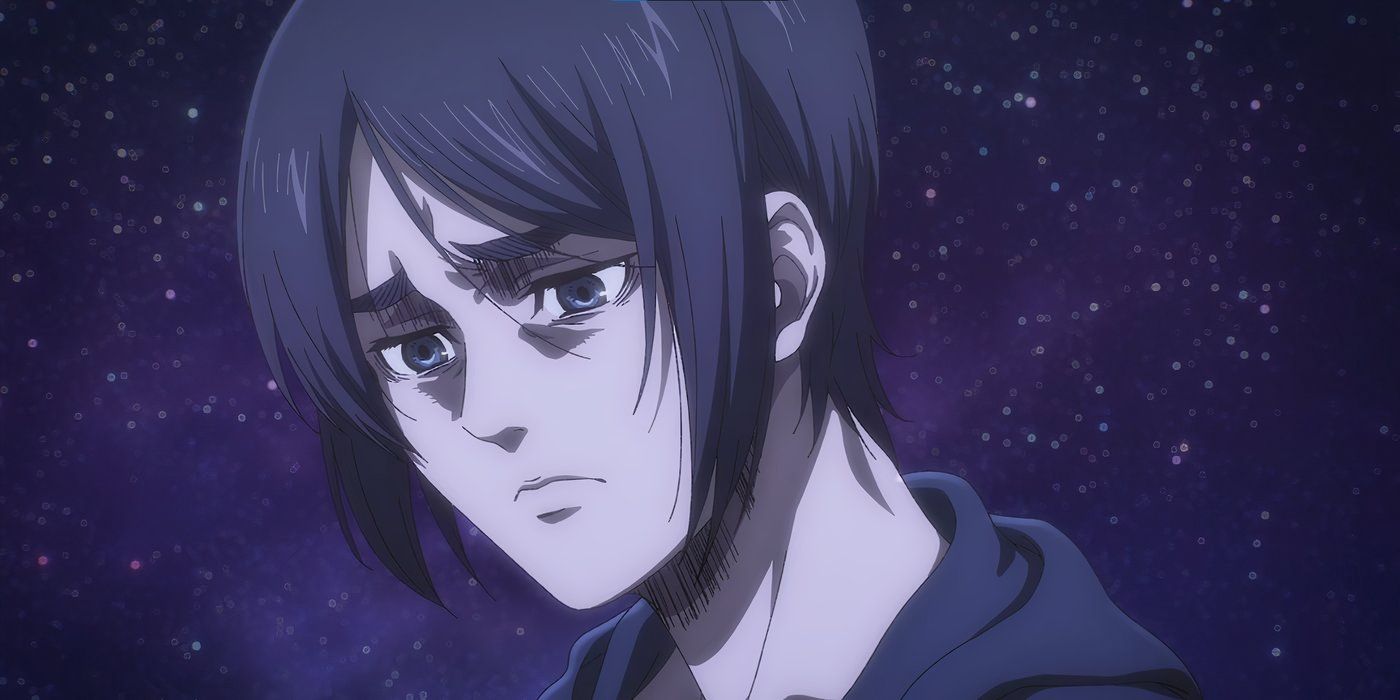


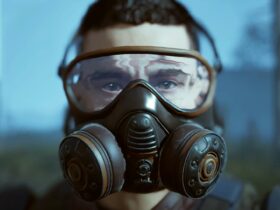
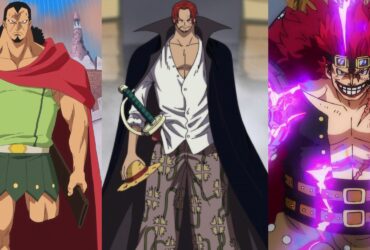

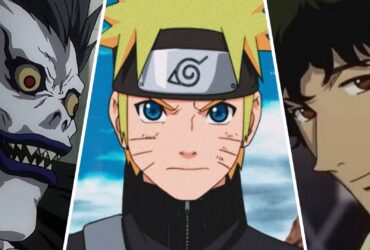
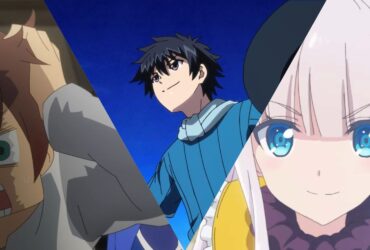


Leave a Reply